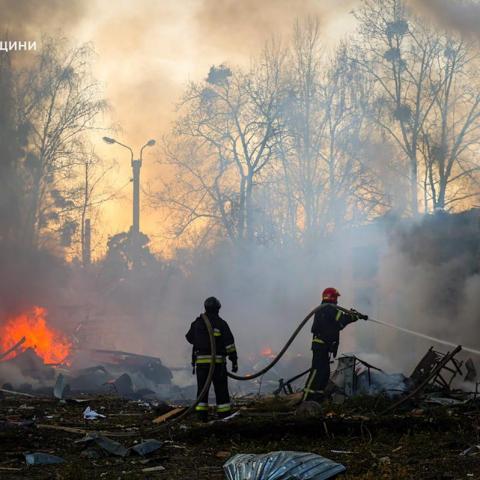About ten years ago, I began my fitness journey. Along with exercising, I started paying attention to what I ate for breakfast, lunch, and dinner. At the time, I knew little about calories—just that the common guideline was about 2,000 a day. Understanding macronutrients like protein and carbohydrates was beyond me back then, but I sure learned a lot later on.
Recently, I discovered how calories are determined for food labels. It intrigued me to learn that food scientists use a special machine called a “bomb calorimeter” to measure the energy in food.
Essentially, every food item gives us energy, but most of us haven’t thought of it as “energy” in the scientific sense. A calorie specifically measures that energy. To find the calorie count in food, scientists take a sample, compress it into a pellet, and then “explode” it in the calorimeter.
Here’s how it works: the tiny pellet is placed in water inside the device. When the food burns, the machine measures the increase in water temperature. This lets scientists calculate the energy contained in the food. Fascinating, right?
In a recent demonstration by scientists at Tufts University, they took a typical Christmas dinner of turkey, gravy, and potatoes. First, they blended the meal into a smooth paste, then freeze-dried it to remove moisture, and finally compressed it into small pellets for testing. The explosion in the calorimeter revealed how much energy was present in that dinner.
The concept of the calorimeter dates back to the 1800s when our understanding of heat and energy was quite primitive. Early on, many scientists thought heat was a gas called “caloric.” This idea was debunked in 1799 when Sir Humphrey Davy demonstrated that heat could be produced through friction.
Today, while bomb calorimeters are fascinating, they aren’t the only way to determine calorie counts. Most nutritional values are estimated using the Atwater system:
– 4 calories for one gram of protein
– 4 calories for one gram of carbohydrates
– 9 calories for one gram of fat
– 7 calories for one gram of alcohol
These measurements rely on analyzing food components in various ways. Proteins are measured by the nitrogen they release during digestion, fats by extracting them, and carbs are usually calculated as what’s left after measuring proteins and fats.
Interestingly, bomb calorimeters have other practical applications, too. They can be used to test energy potential in alternative fuels, assess animal feeds, or even analyze oil and coal.
This knowledge reshaped how I view food. While you can’t see the energy content in that bag of chips, knowing its energy could heat water in an explosion gives a clearer picture of why nutrition labels matter. It encourages a more mindful approach to eating.
Ultimately, calories are just one part of the food equation. Foods contain nutrients—proteins, carbs, fats, vitamins, and minerals—all of which our bodies need. Some people prefer to enjoy food without pondering its science. Others, like me, find joy in understanding how our meals fuel us.
In today’s world, the push for healthy eating is strong. Recent surveys show that 83% of Americans are trying to eat healthier. This reflects growing awareness about the link between diet and wellness. For those of us curious about the details, diving into the science can enhance our eating experience. With each meal, we can appreciate the balance of energy, nutrients, and enjoyment.
Source link
nutrition, food and drug administration, eating, meals, science, research, studies, culture, interesting, food






















